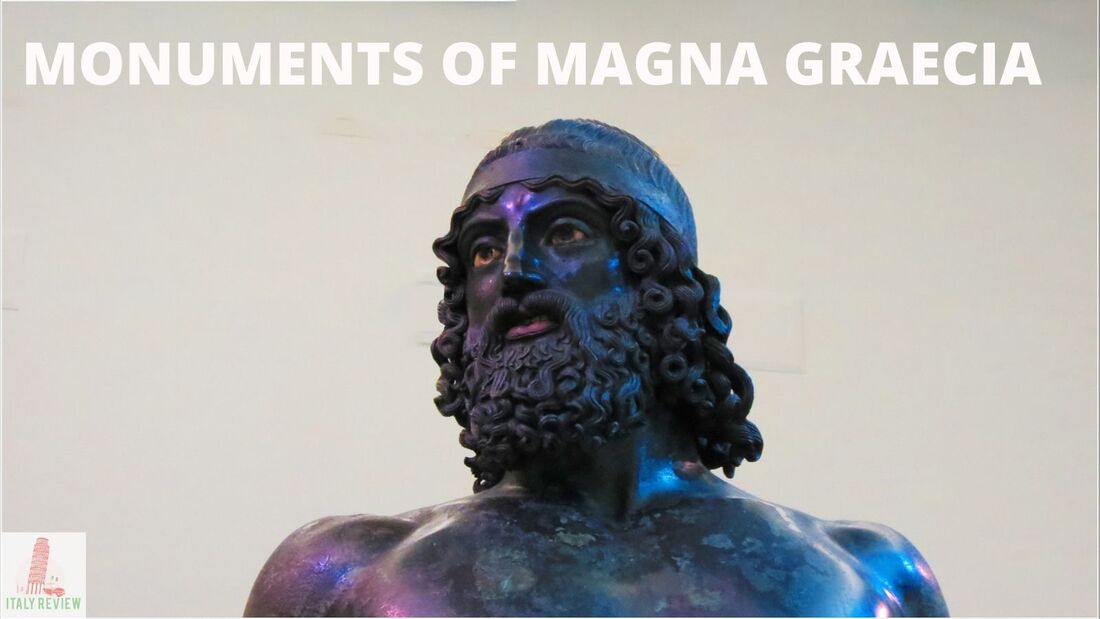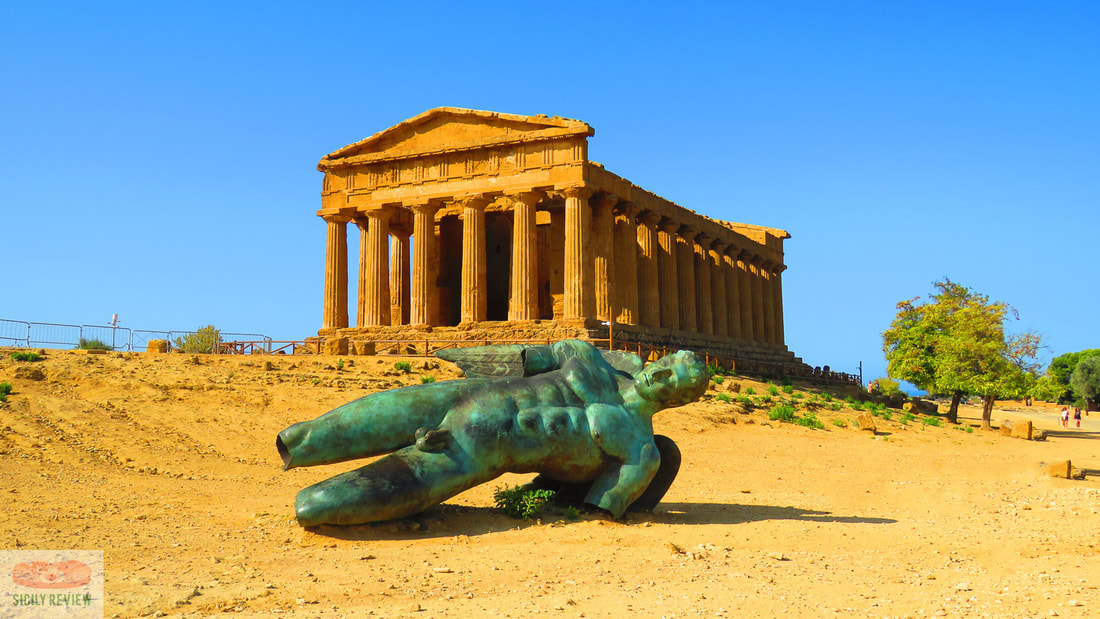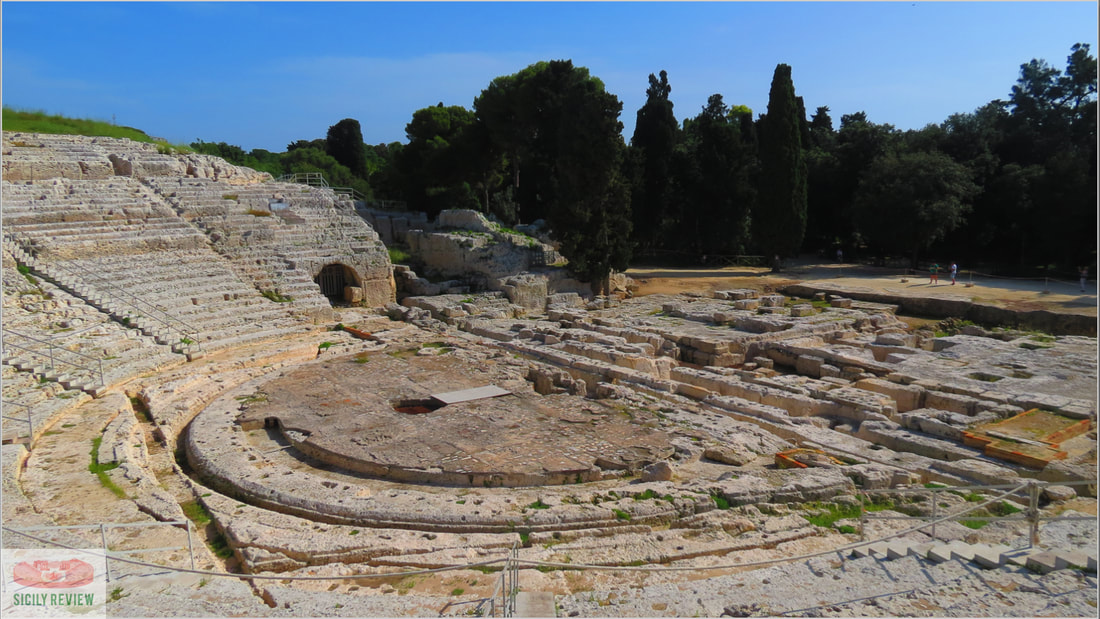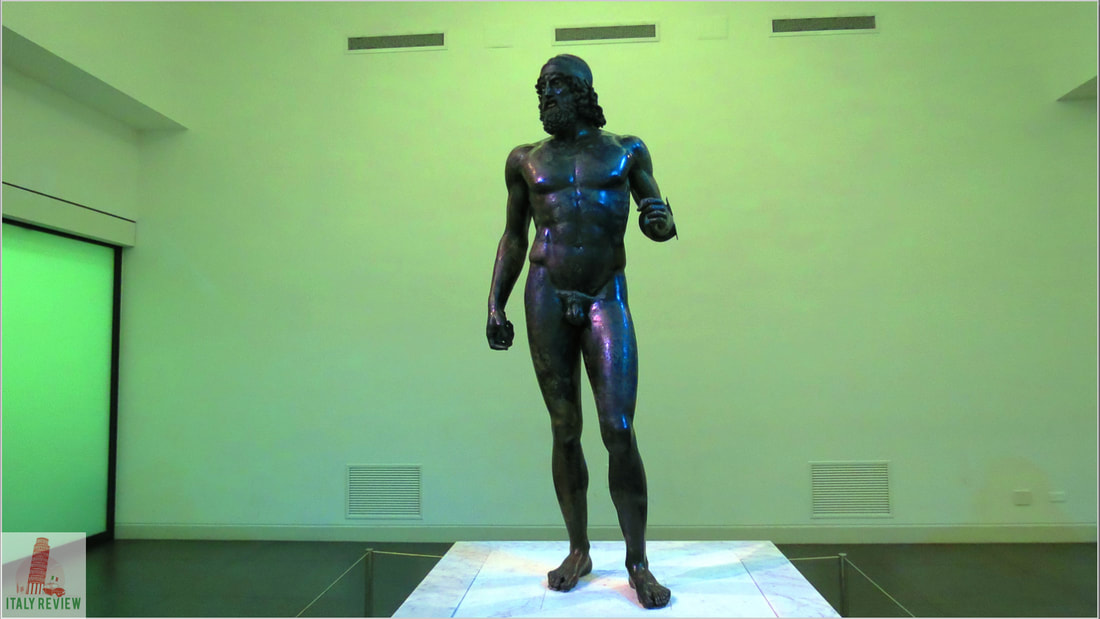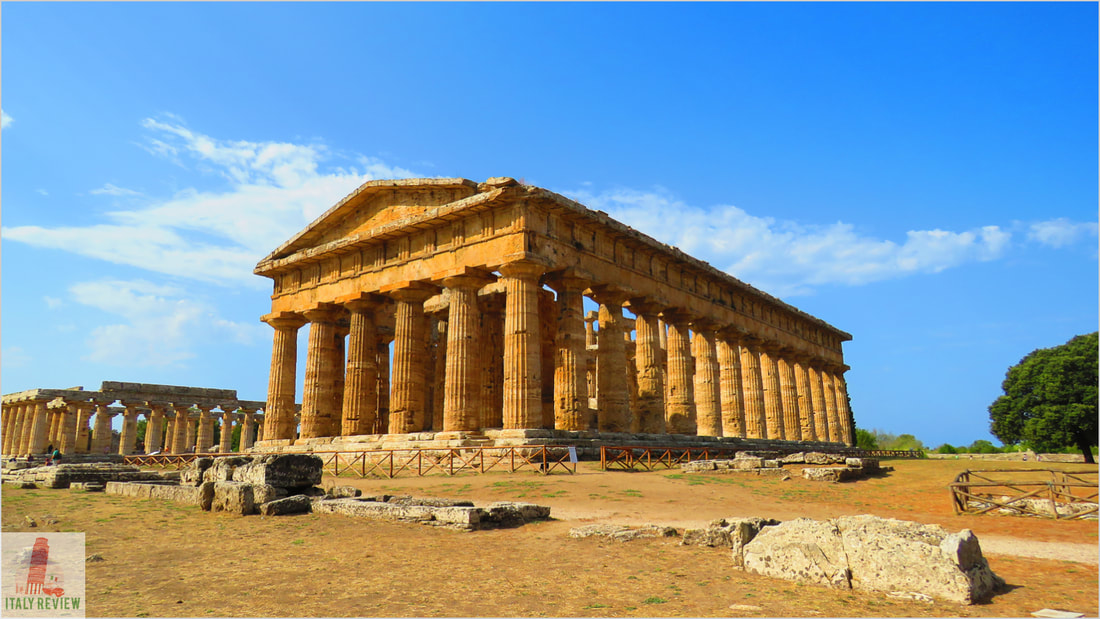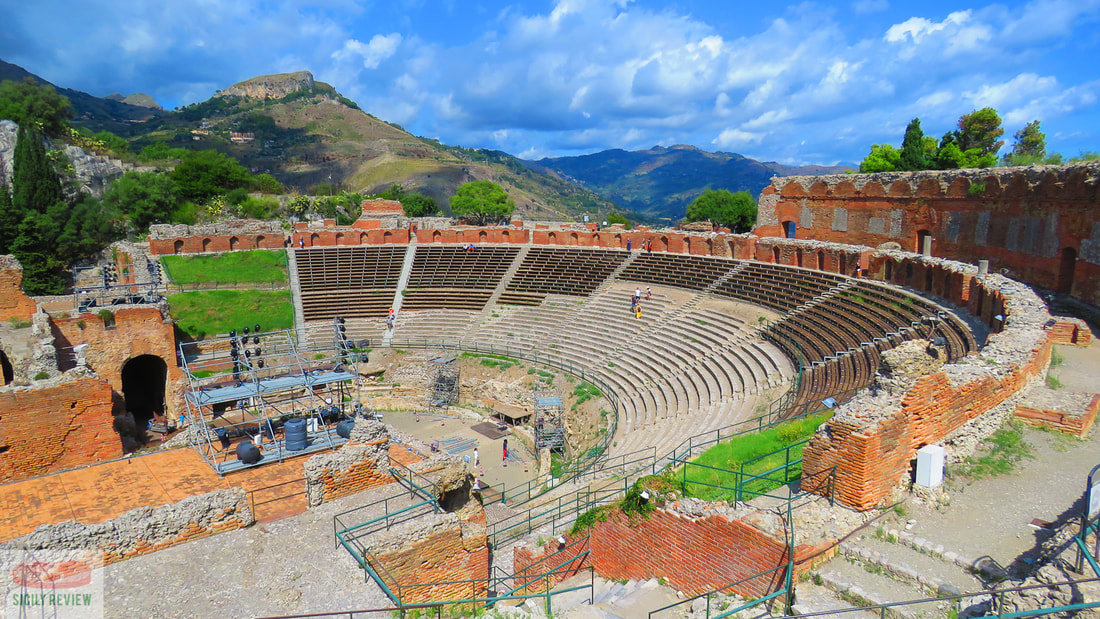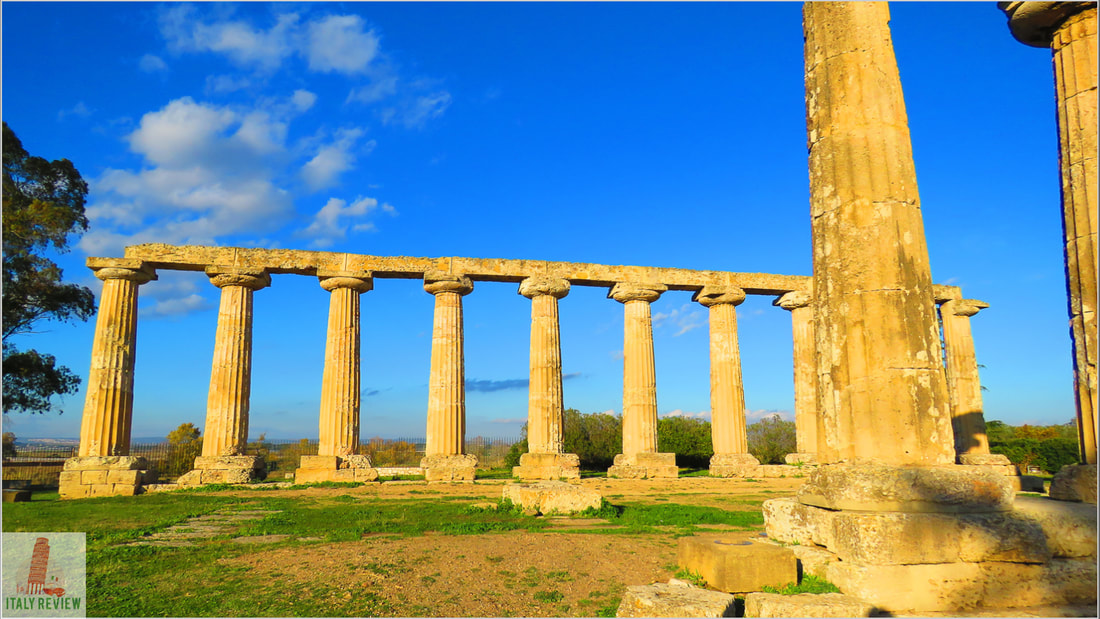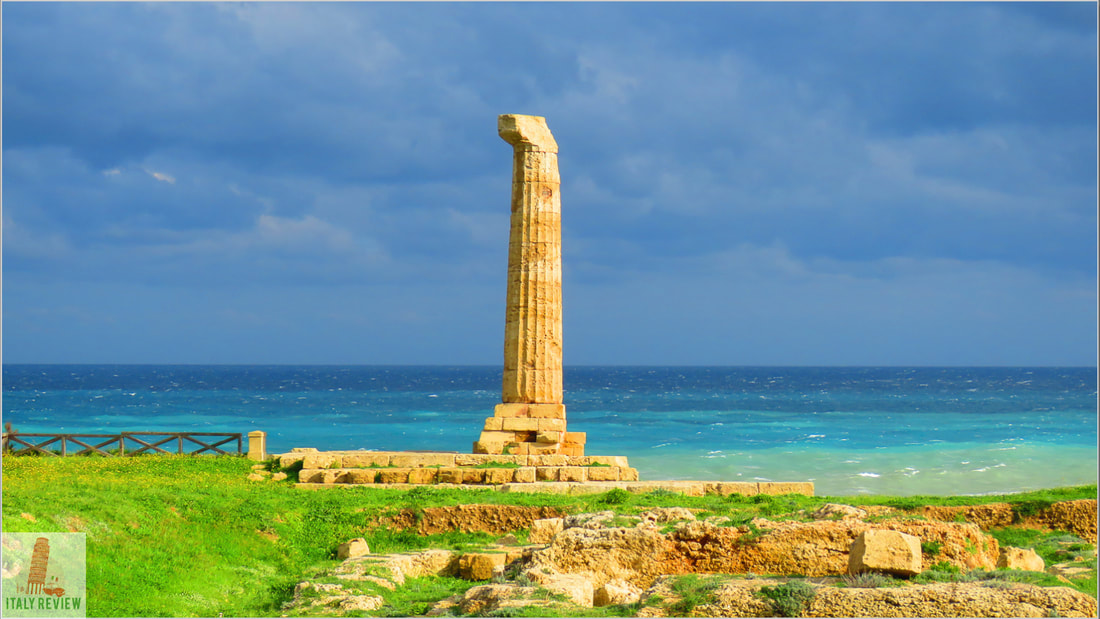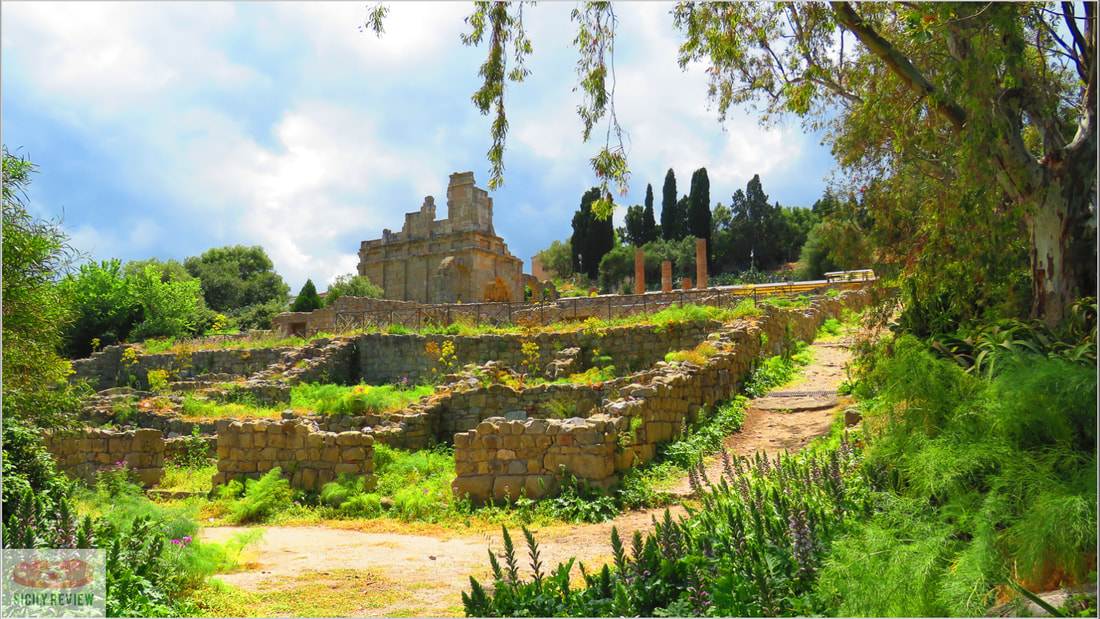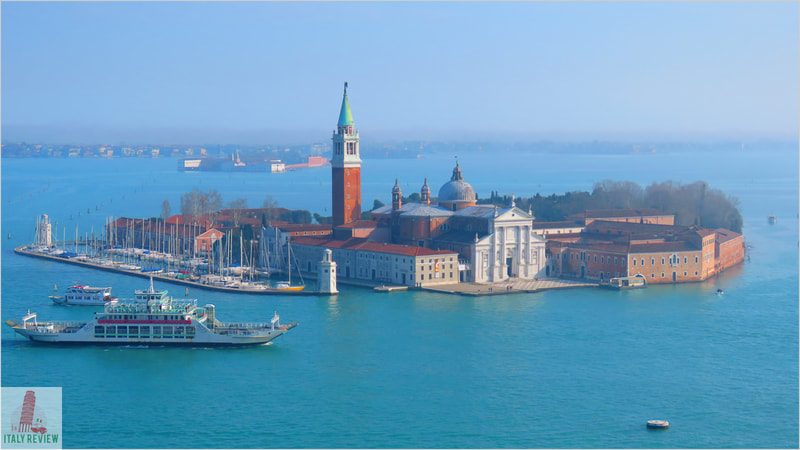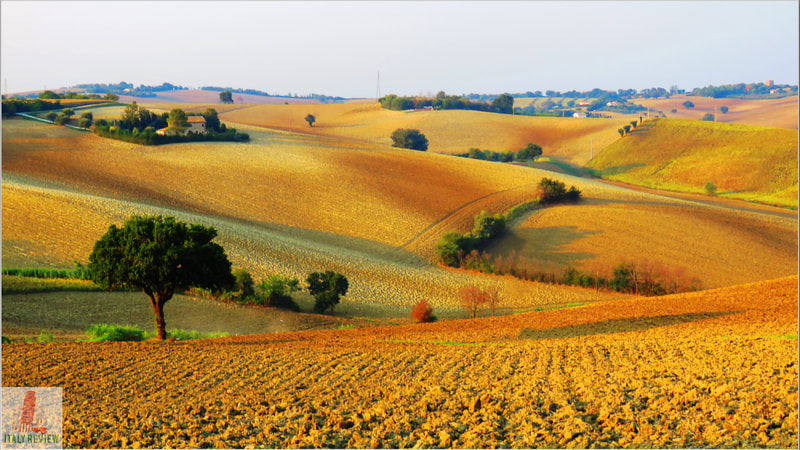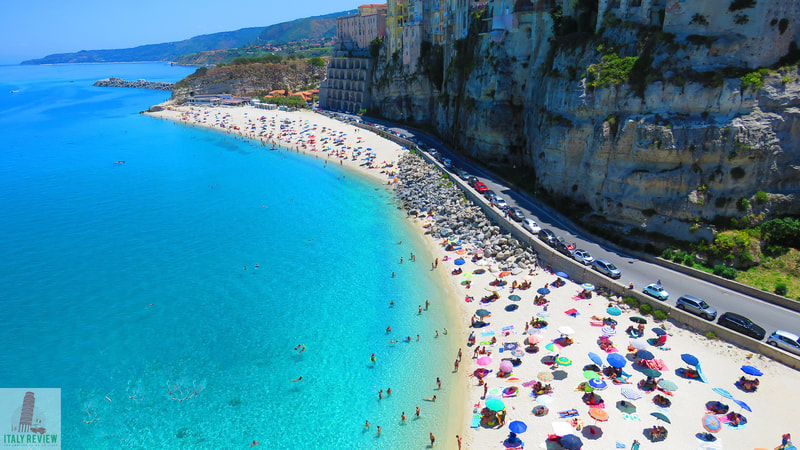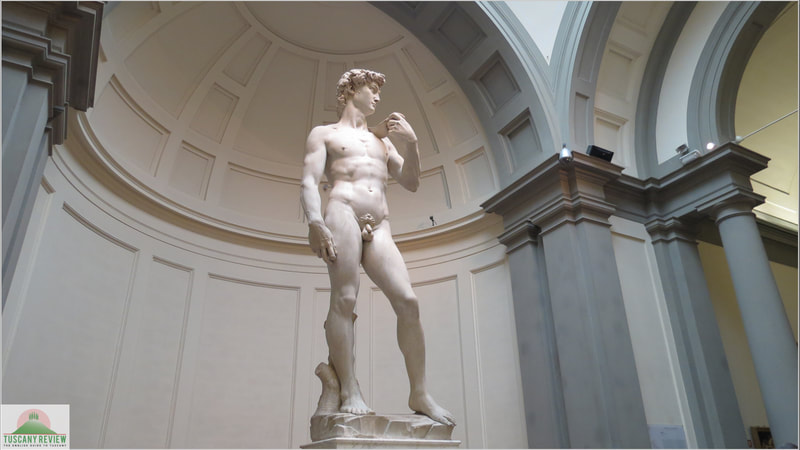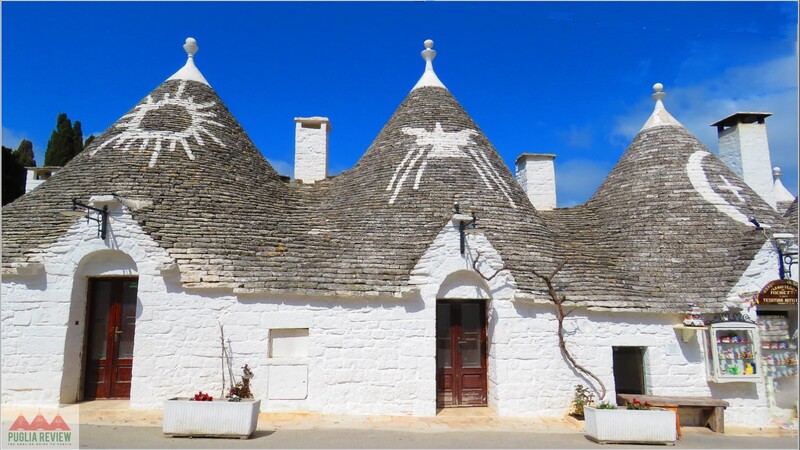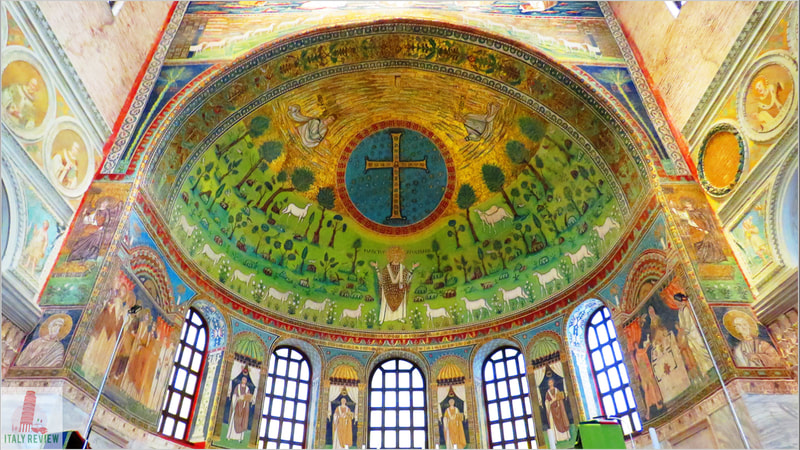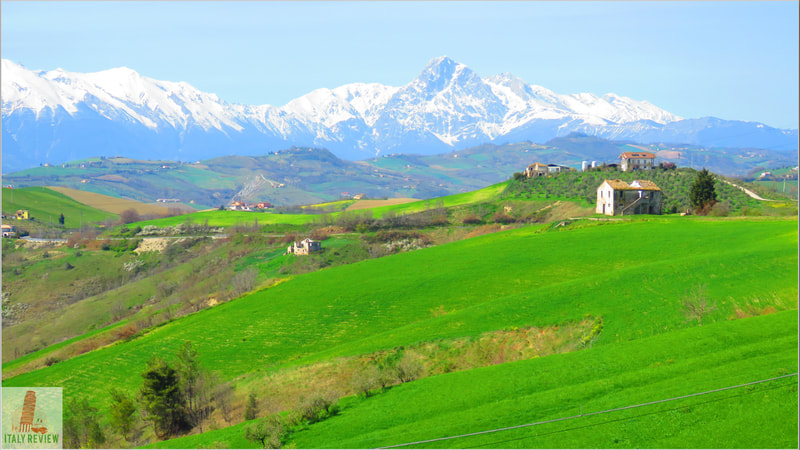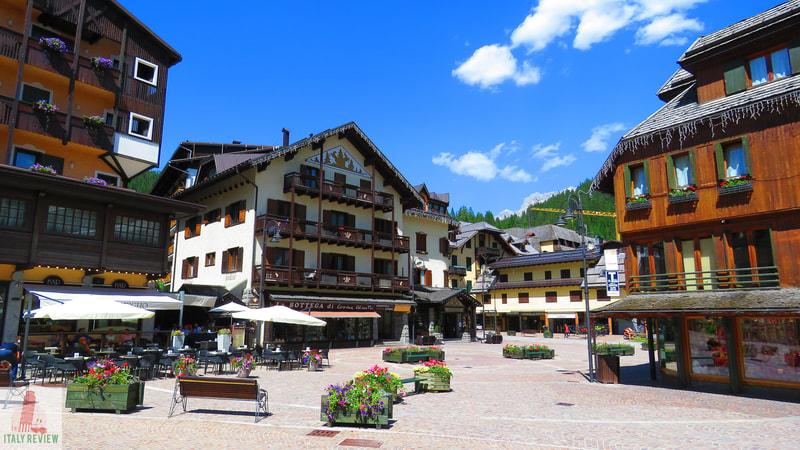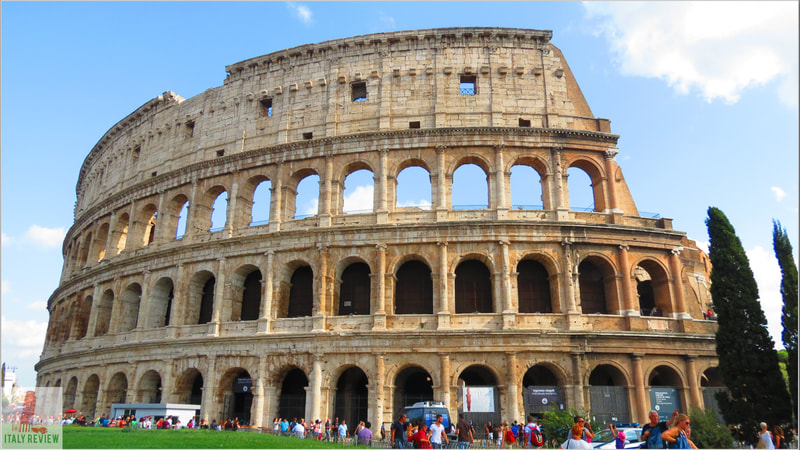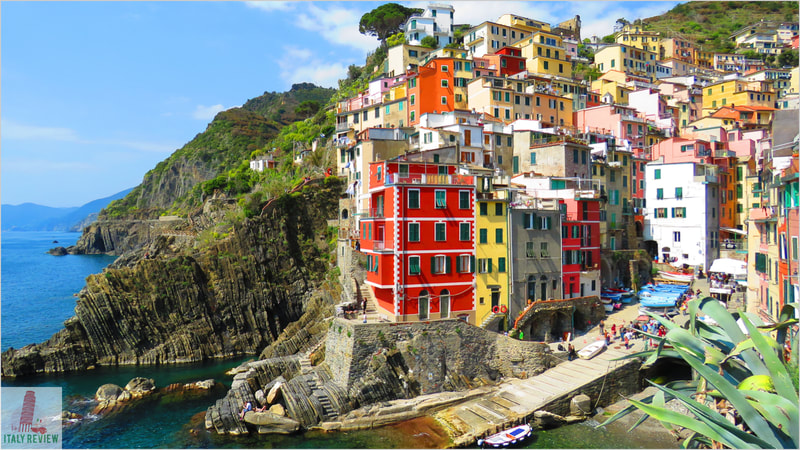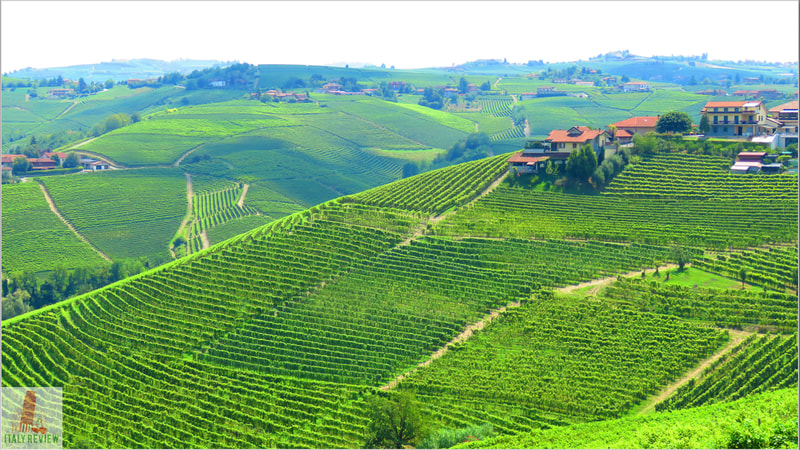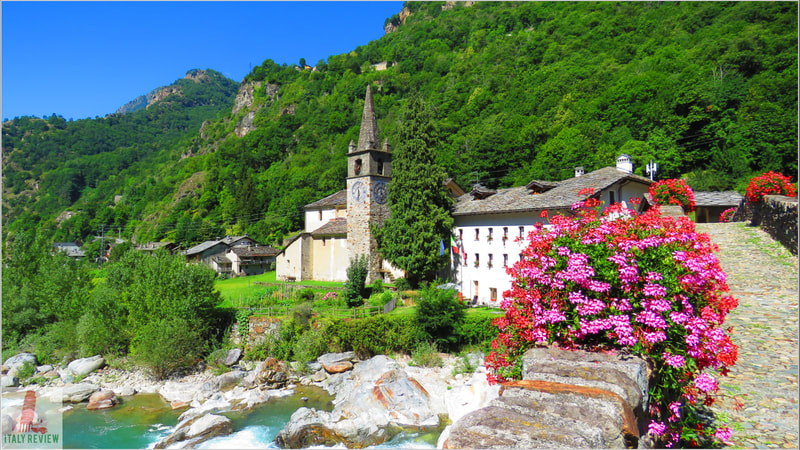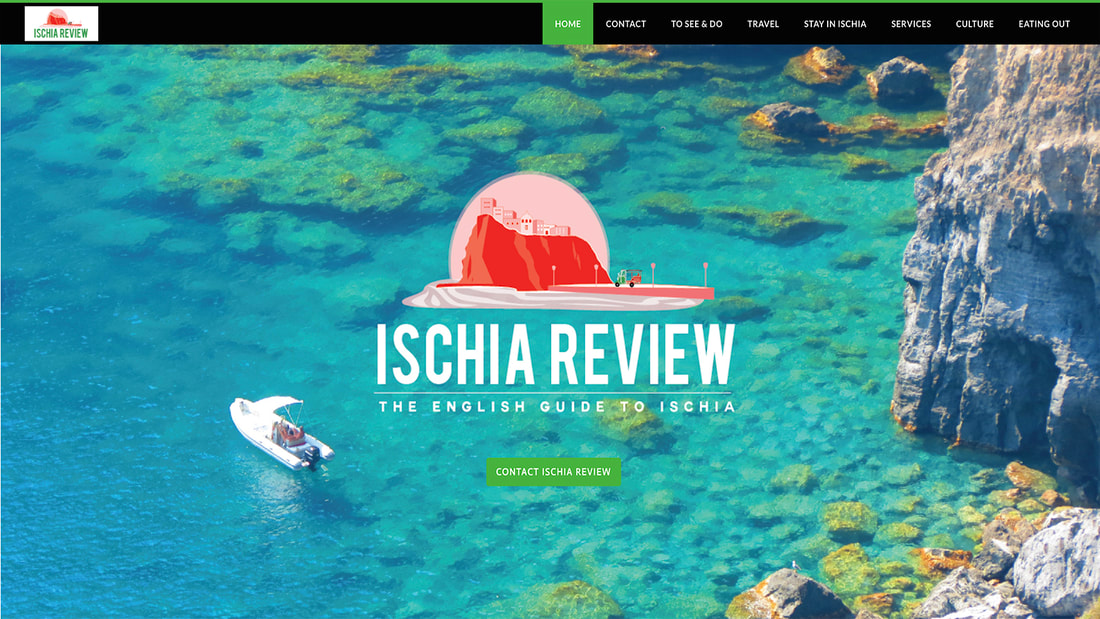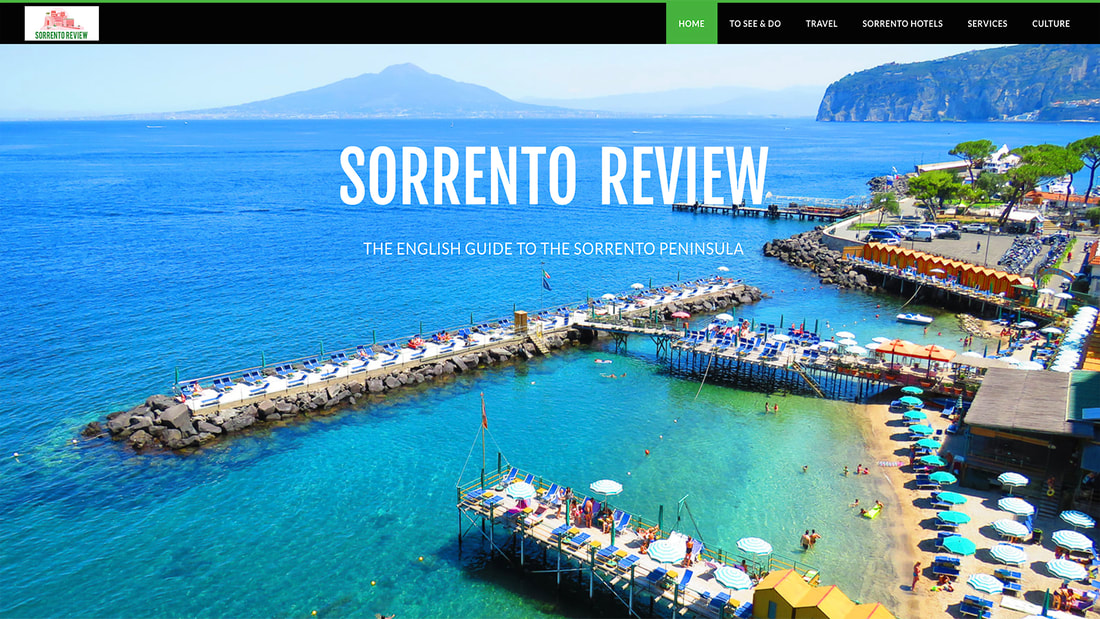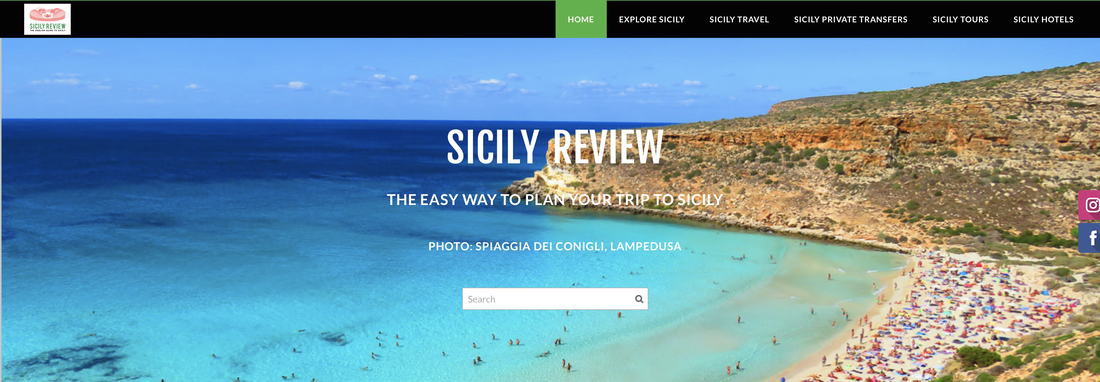Monuments of Magna Graecia
|
By Dion Protani
|
Latest update: 15 January 2024
|
|
The monuments of Magna Graecia listed below represent a hugely important era in Italian history. Long before the Romans started to assert their authority on the Italian Peninsula, the south of Italy was known as Magna Graecia, a Latin term meaning "Greater Greece.
The term derives from the fact that this area of Italy was originally settled by numerous Greek colonists who brought their traditions and customs with them. It was from the Greeks that the Romans developed their own culture and civilisation, something which still has a tangible presence in Italy today with the legacy of temples, Greek theatres, statuary and archaeological sites. |
Related links
Magna Graecia included the territory which is now defined as various southern Italian regions including Campania, Puglia, Basilicata, Calabria and Sicily. One of the greatest cities of the Magna Graecia period was Syracuse in Sicily which is perhaps the most rewarding place to explore some of the treasures that still remain.

